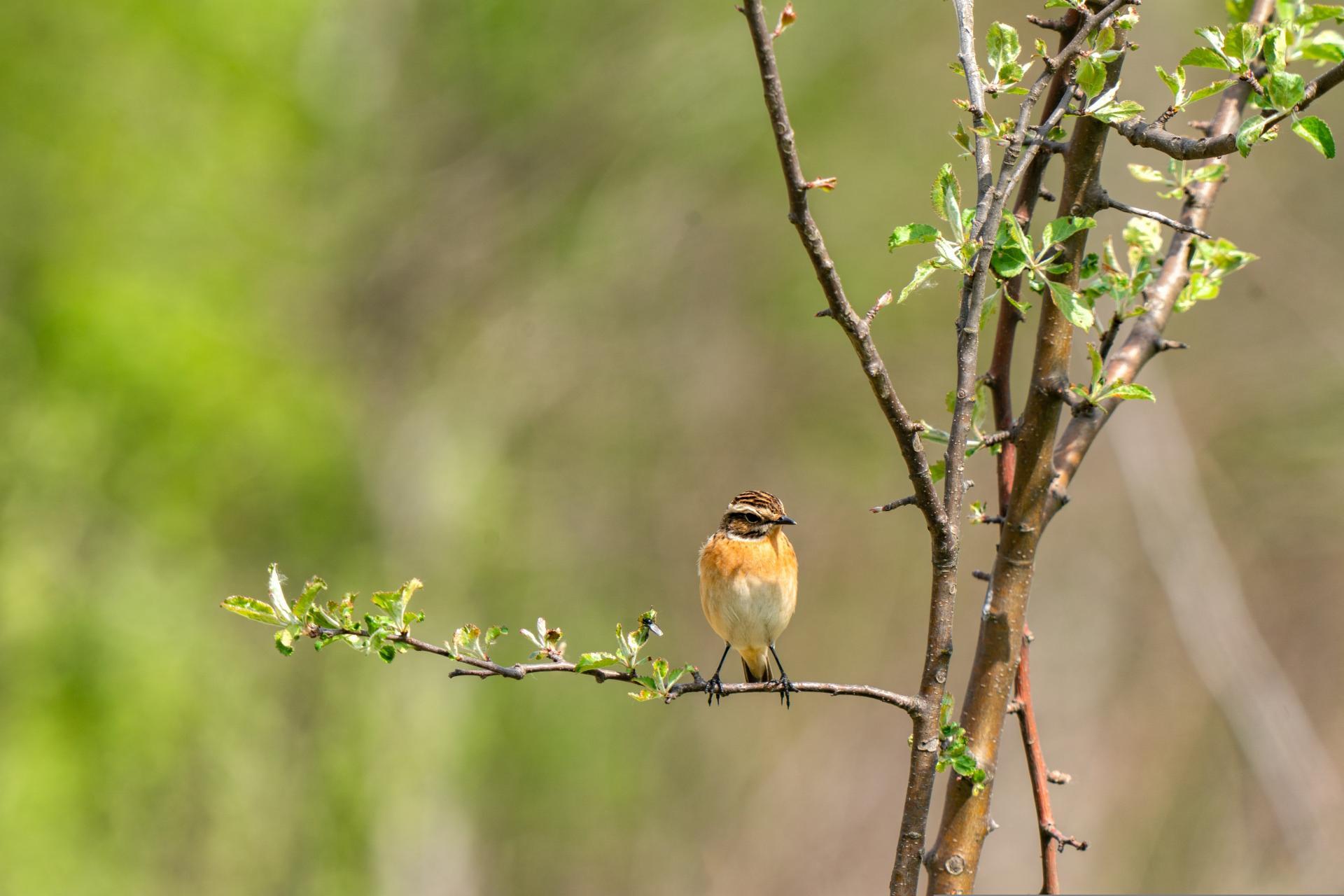For the protection of breeding birds and their nesting sites are the cutting, Auf-den-Stock-Setzen or removal of trees, bushes, hedges and other woody plants in the period from March 1 to September 30 of each year in principle not allowed. Exceptions apply only with regard to the guarantee of traffic safety and gentle form and care cuts to remove the growth of plants or to maintain the health of trees.
In addition to the bush and cavity breeders, there are also so-called ground or meadow breeders. These build their nests on the ground in hollows (for example, in wet meadows, dry grasslands or ruderal fallow land) and are thus exposed to some hazards. Free-roaming dogs are also problematic for these birds. When unleashed dogs roam e.g. over the northern or southern Oder meadows, they disturb the meadow-nesting bird species, especially in the sensitive breeding and nesting season. Therefore, dogs must be leashed at all times of the year in all nature reserves. A violation represents an administrative offense and can be punished with a fine.
The occurrence of meadow nesting birds is declining sharply overall and populations are increasingly threatened. This is also the case for the Whinchat as Bird of the Year 2023.
The highly endangered whinchat (Red List 2) still occurs sporadically in the Oder meadows. As a long-distance migrant, it overcomes 5,000 kilometers coming from Africa to breed here. From the end of April to the end of July, the Whinchat is in the breeding business. It uses individual bushes, high shrubs or fence posts as singing and perching places.

